With the introduction of a $20 minimum wage in California on April 1, turmoil has swept through the fast food industry.
Many workers are seeing reduced hours, while others have lost their jobs as restaurants contend with escalating operational costs.
Burger King on a Fast Track to Digital
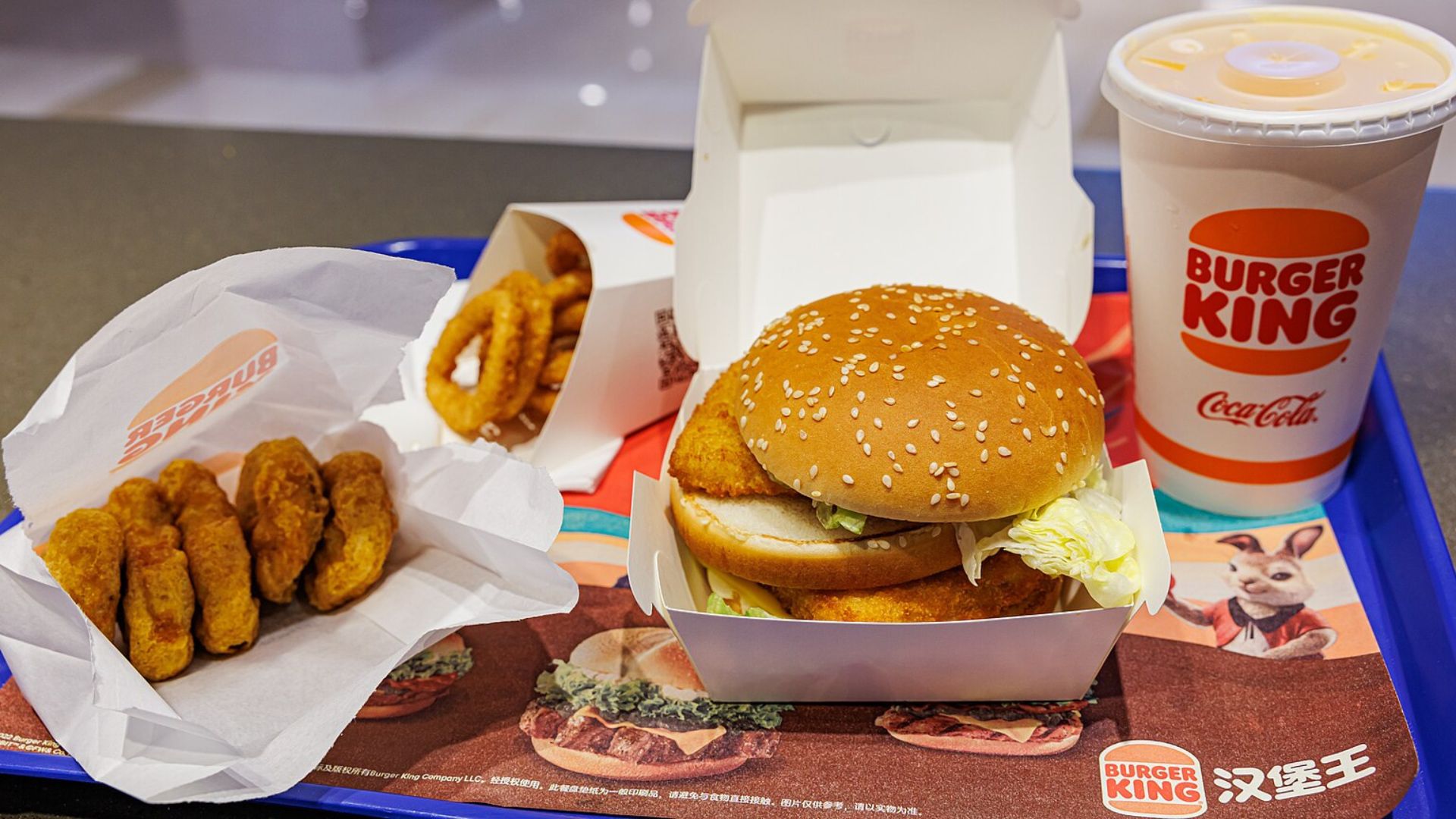
Overseeing 140 Burger King locations on the West Coast, Harsh Ghai is rapidly advancing the adoption of technology.
Quicker than anticipated, he is implementing digital ordering kiosks. “We have kiosks in probably about 25 percent of our restaurants today,” Ghai said, spotlighting his tech-driven approach to mitigating wage pressures.
Fast Food’s Robotic Revolution
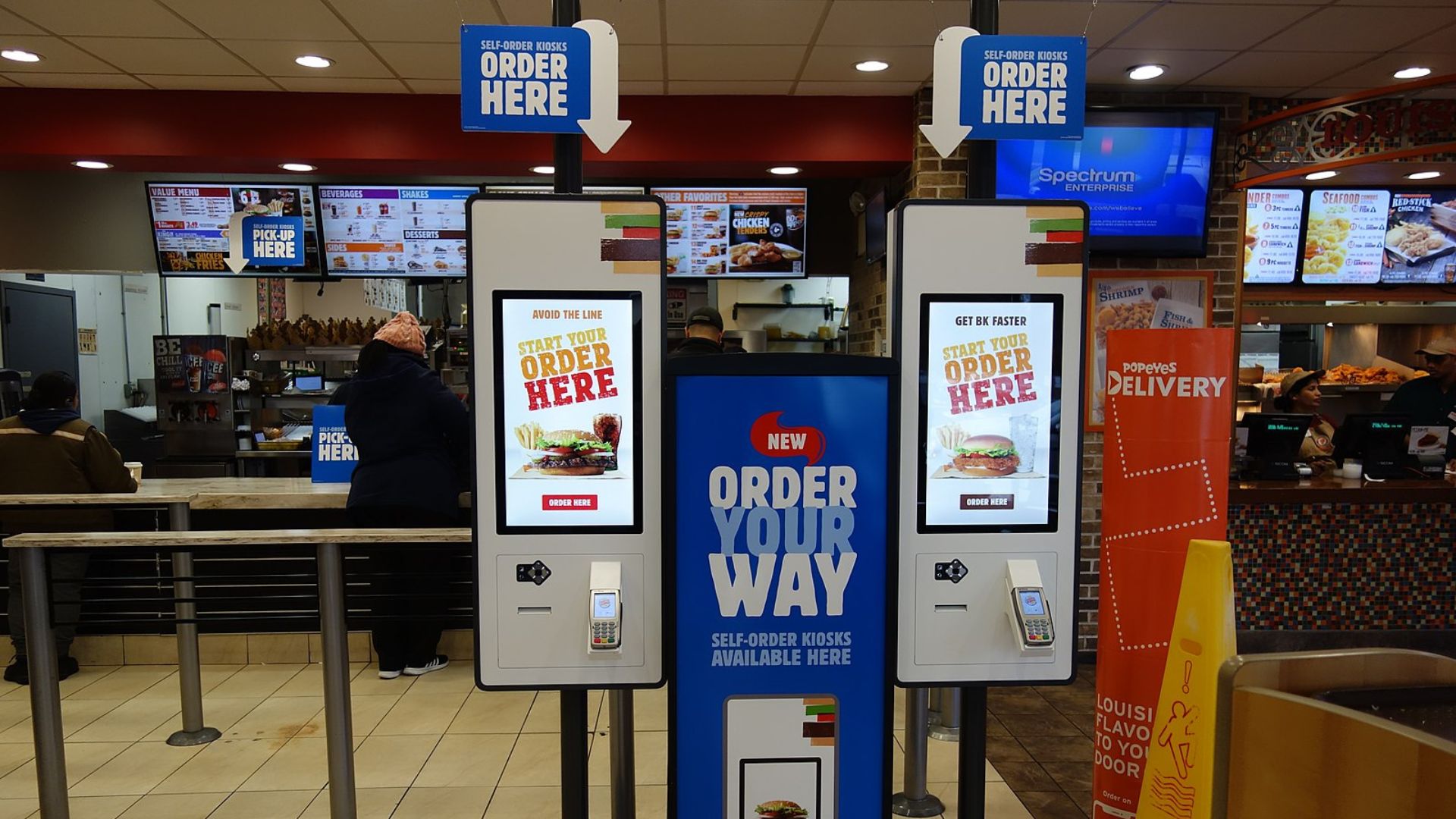
Across fast food chains, digital kiosks are becoming more prevalent, driven by the imperative to reduce labor costs.
The pivot toward automation is crucial not merely for cost savings but for ensuring survival as operational expenses climb and menu prices cannot be raised sufficiently.
The Double-Edged Sword of Wage Increases
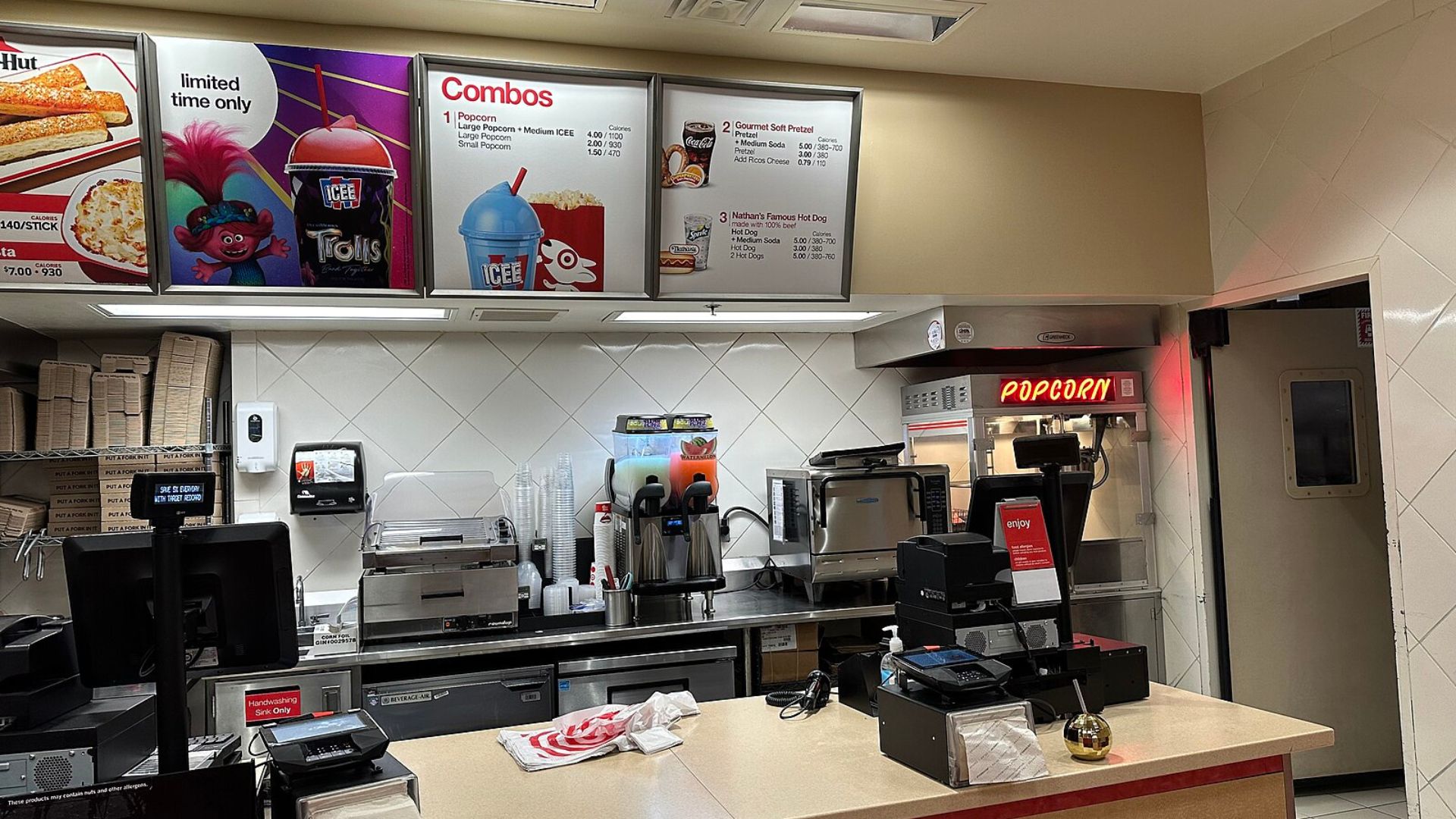
Higher wages, intended to enhance worker well-being, have paradoxically triggered job reductions within the fast food industry.
Such adverse outcomes emphasize the difficult equilibrium between offering fair pay and maintaining viable employment levels.
Layoffs Loom as Wages Climb
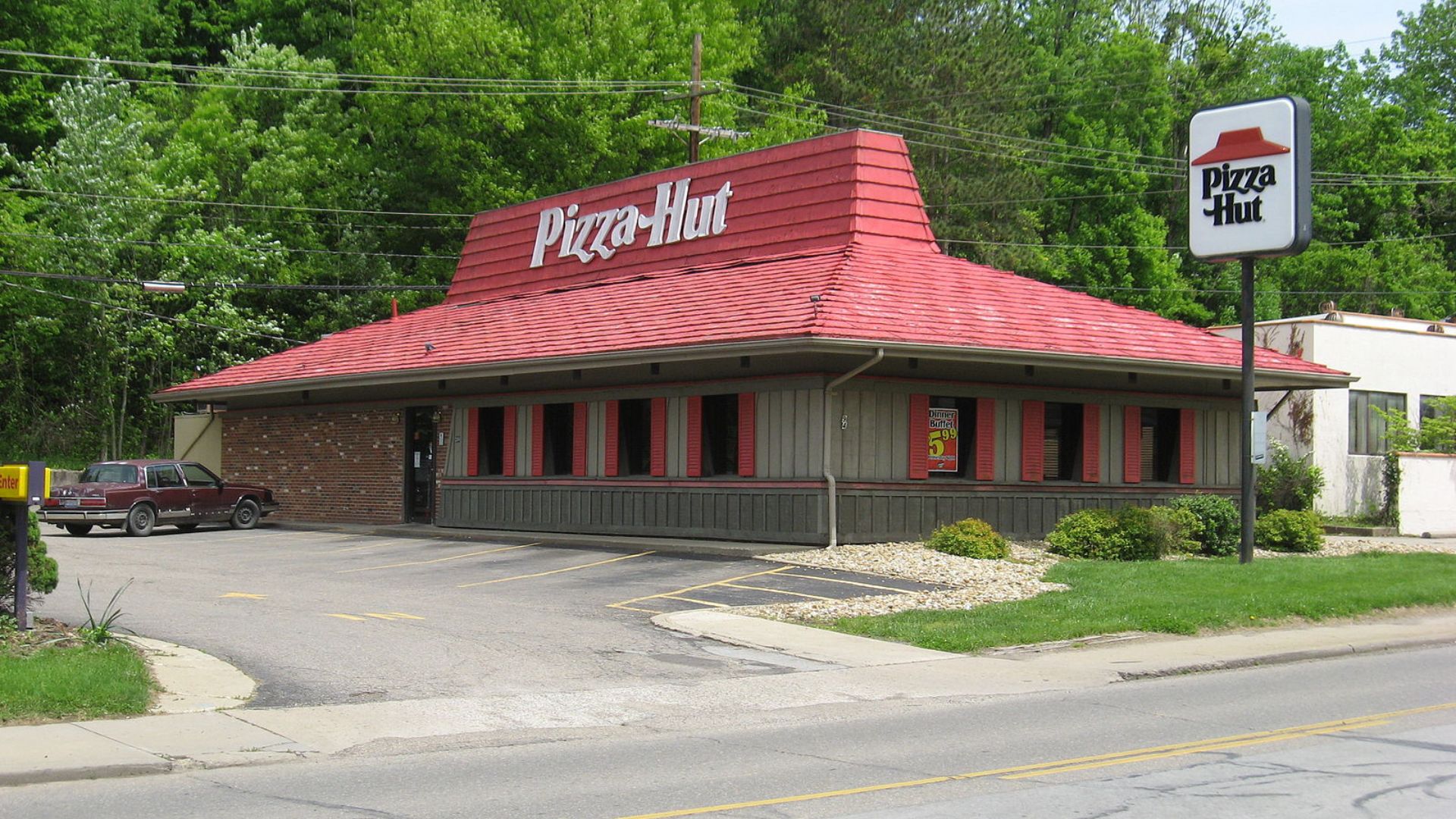
The hike in minimum wage is forcing fast food establishments like Pizza Hut and Round Table to downsize their staff to manage financial pressures.
This harsh reality severely tests the purpose of the wage increases, impacting the very workers they aimed to help.
Balancing Act in Fast Food Economics
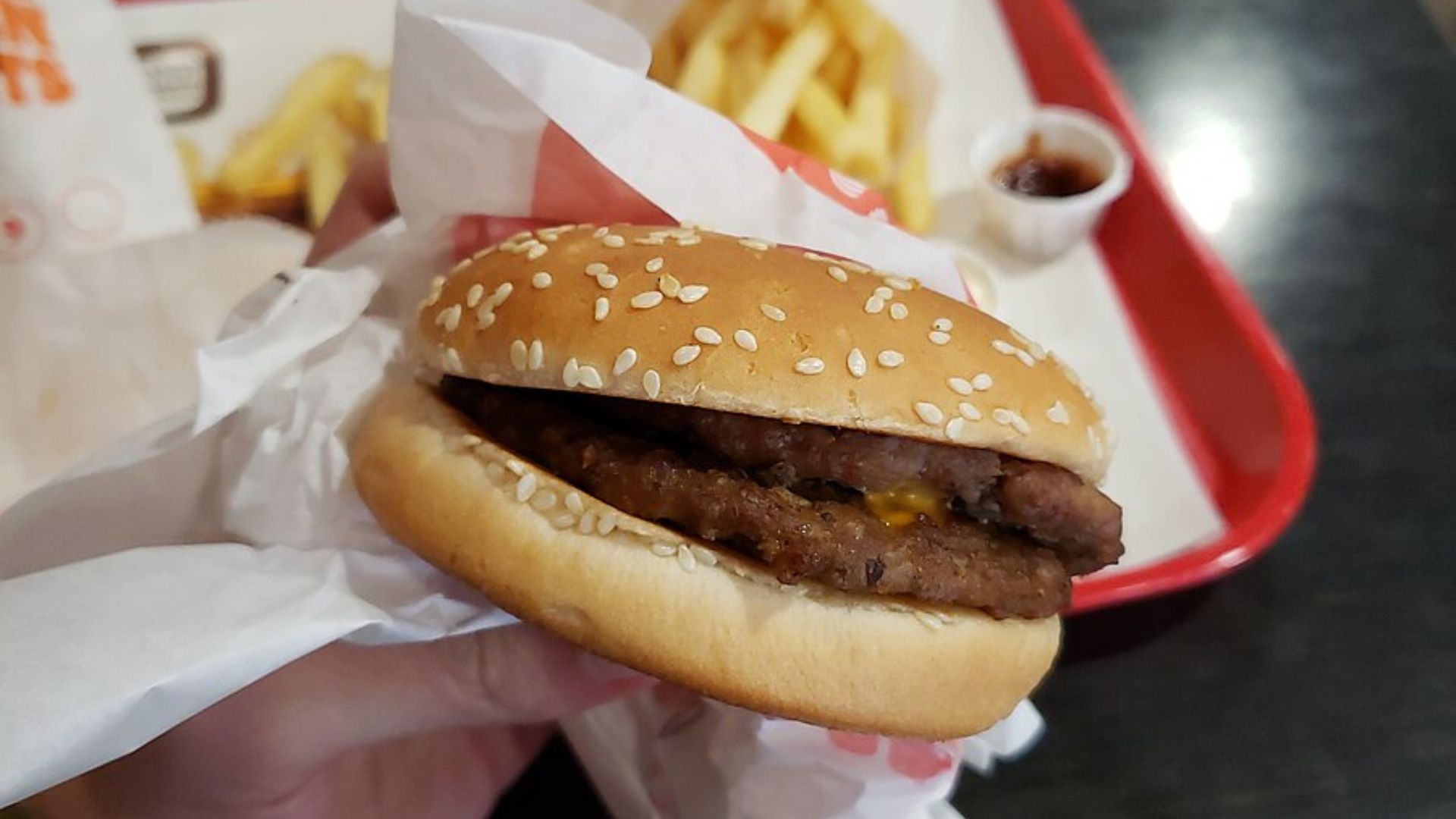
Discussing the financial repercussions, Ghai revealed, “The majority of that is going to get absorbed in the inflation of our food costs.”
He elaborated on the challenges of balancing rising expenses with the need to keep dining affordable.
Navigating Price Hikes with Care
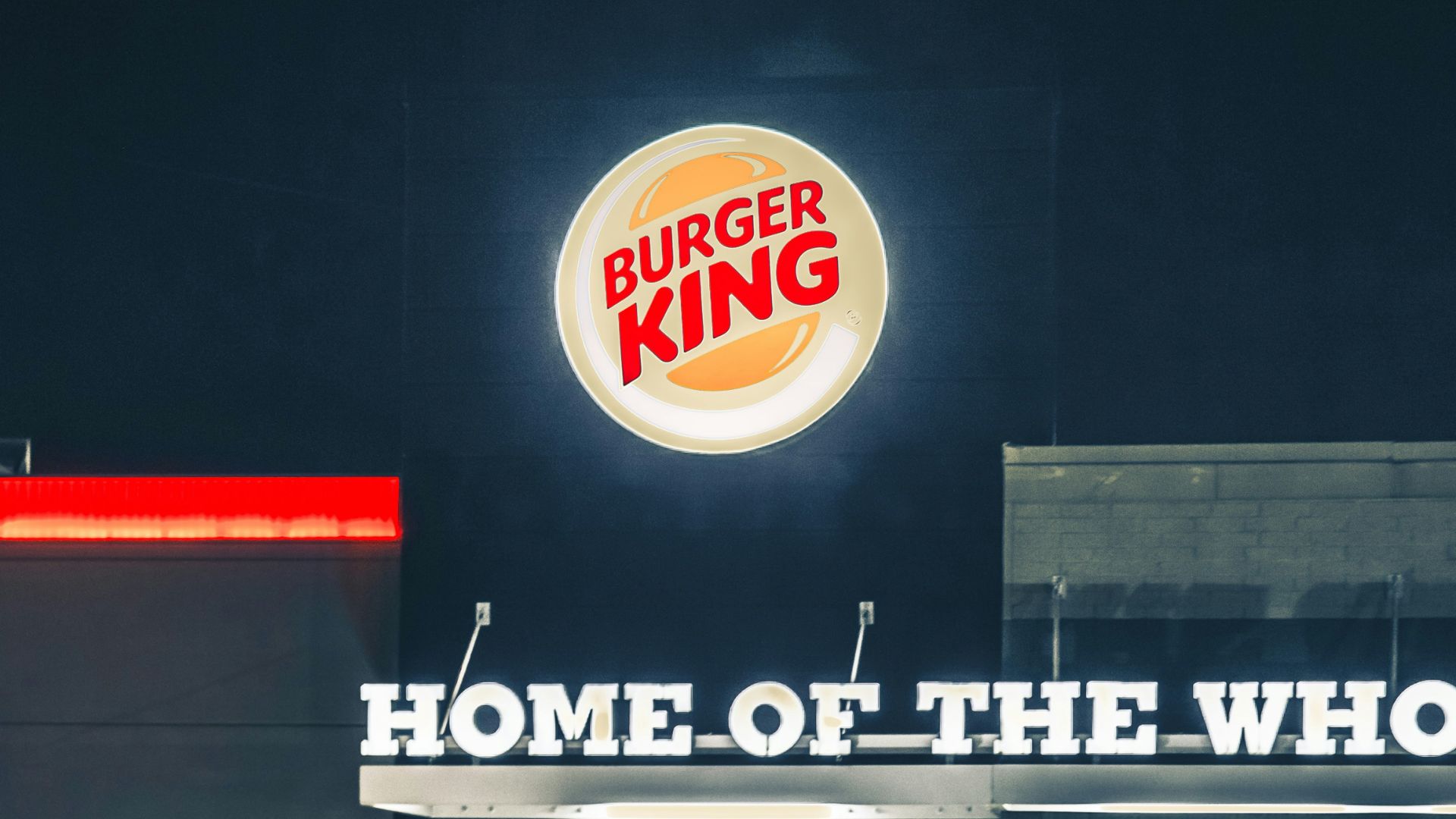
Concerned about alienating customers, Ghai has cautiously approached price increases, raising them by 8% to 10% over the last year.
This raise is a significant jump from the typical annual adjustments.
Kiosk Expansion on the Fast Lane
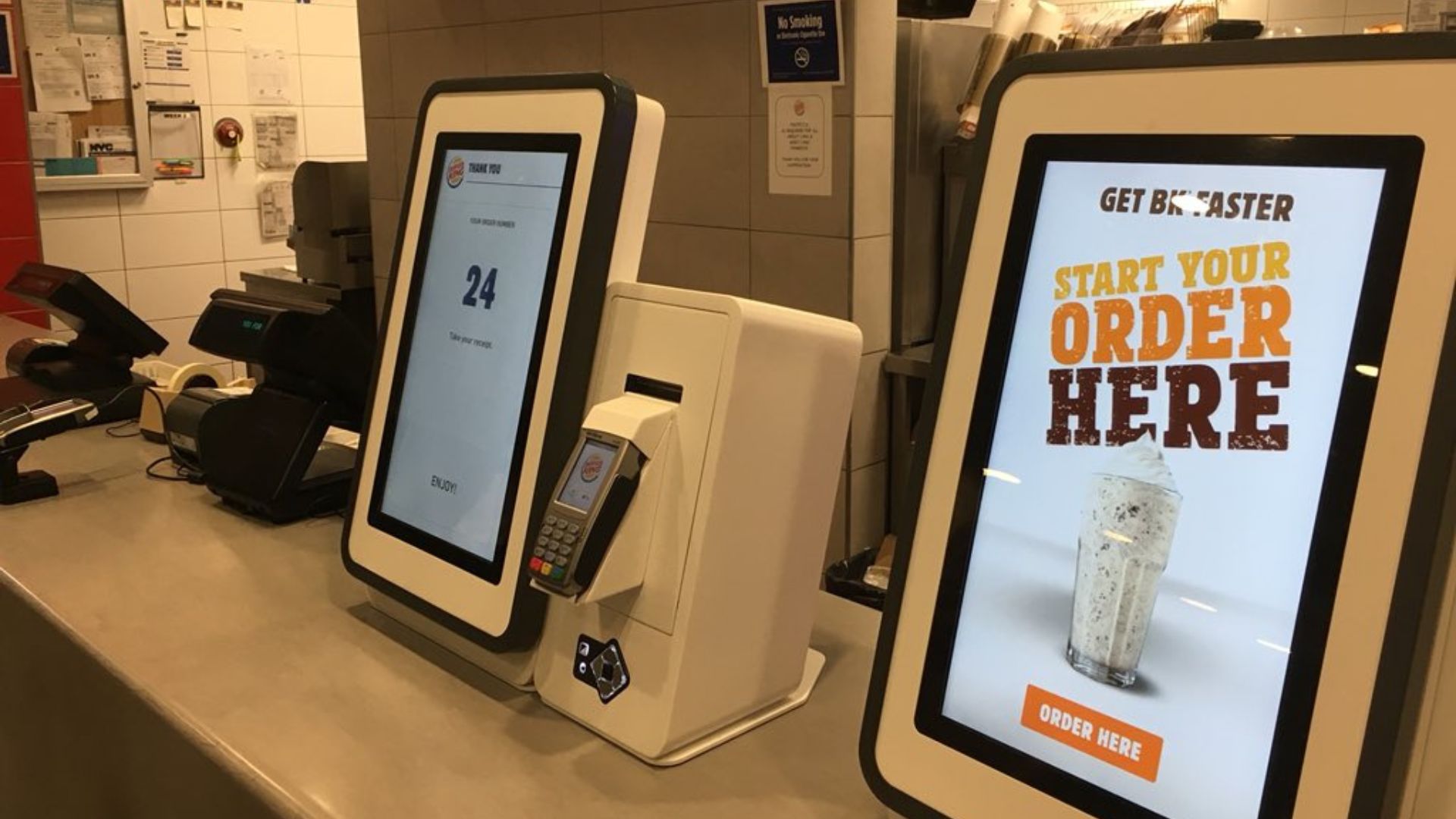
Accelerating the deployment of ordering kiosks is a top priority for Ghai.
“The other 75 percent are going to have kiosks in the next probably 30 to 60 days,” he said, marking a rapid shift toward automation.
A Trend That’s Here to Stay
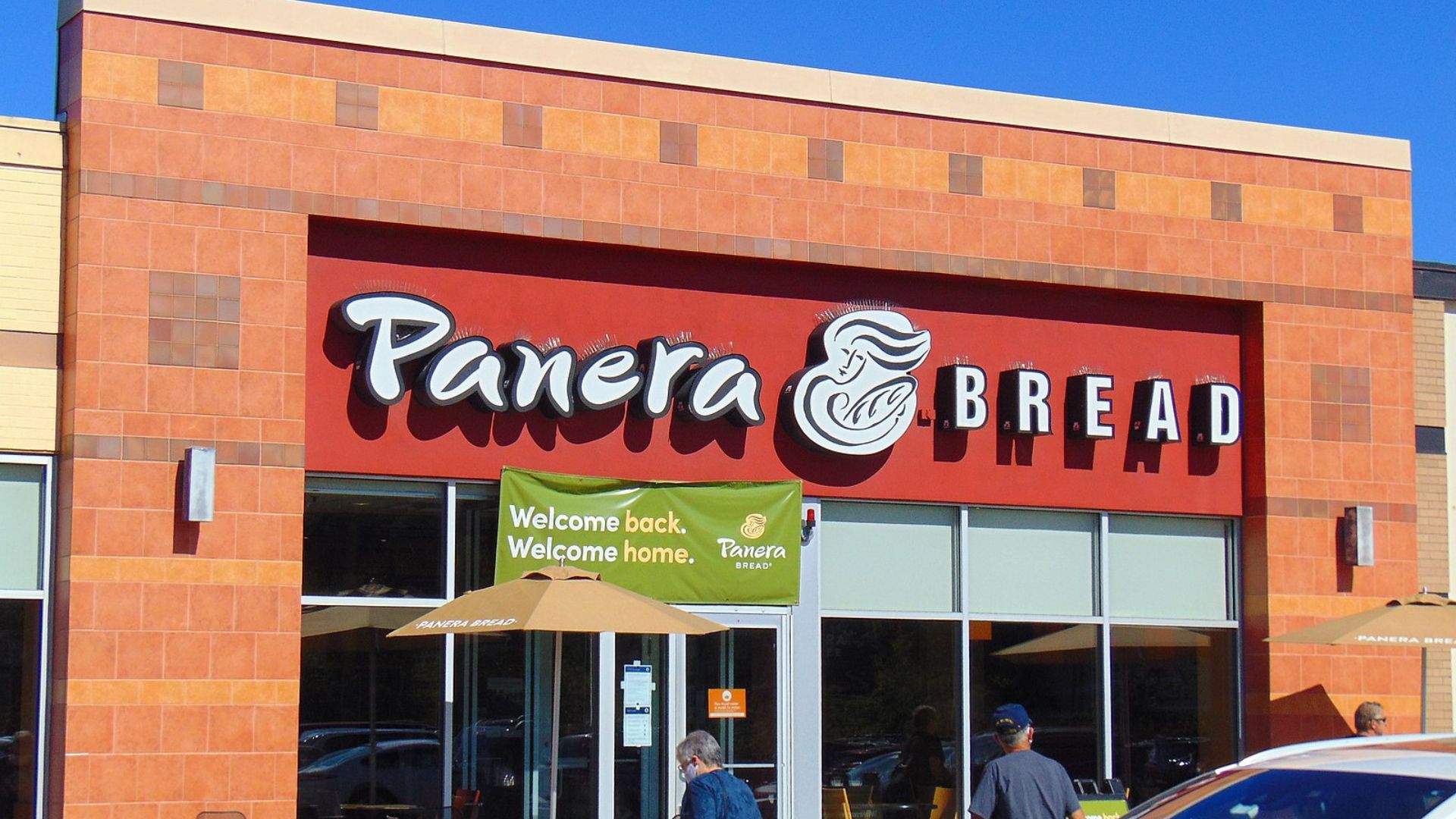
Self-service technology is not exclusive to Burger King; it is a burgeoning trend throughout the industry.
Both Panera Bread and McDonald’s have pioneered this shift, which promises to reshape service dynamics in fast food.
Higher Sales at the Touch of a Button
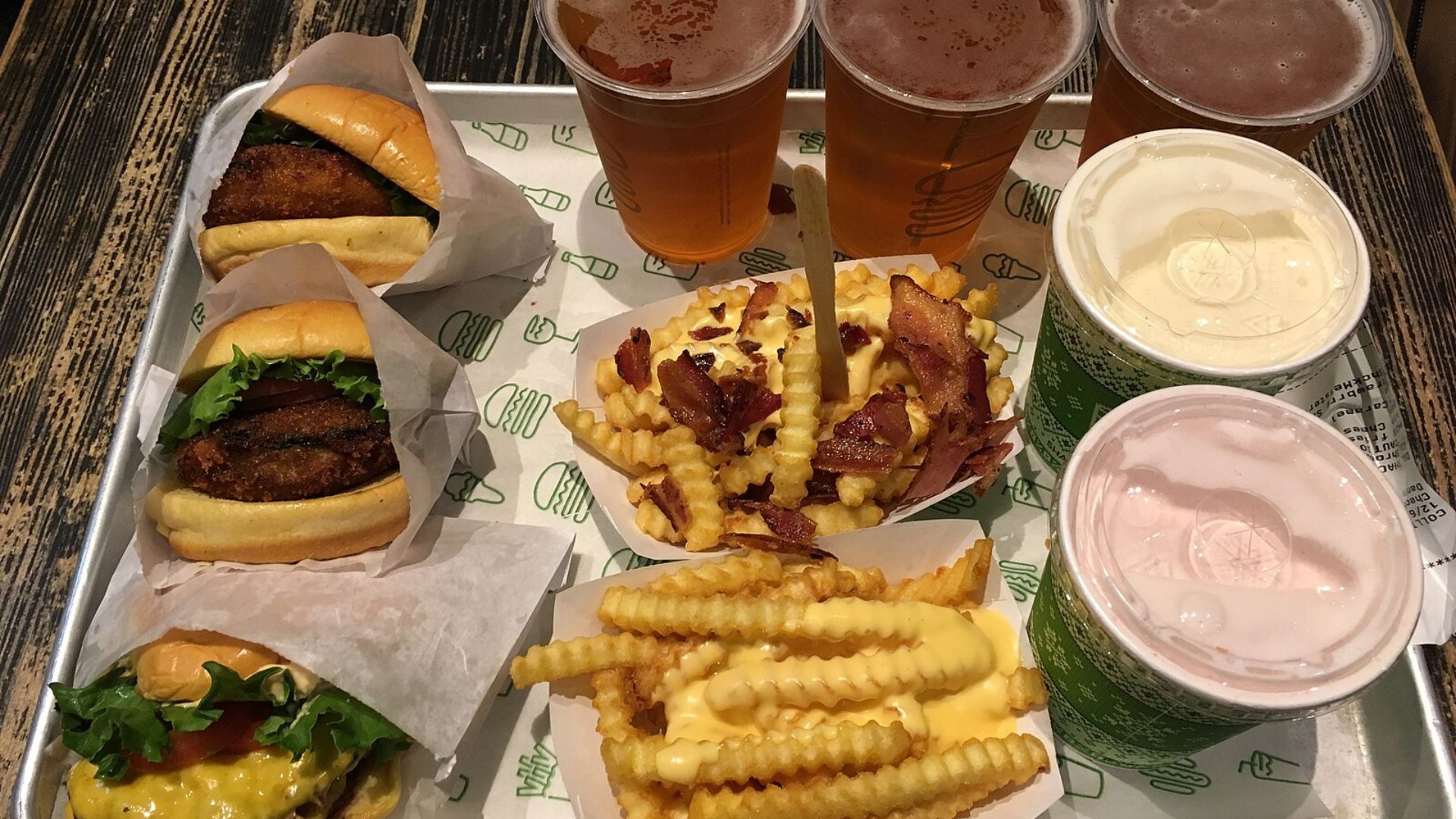
Kiosks have been a plus for business, driving higher sales through increased orders of premium items.
Katie Fogerty, CFO of Shake Shack, commented on the trend: “We see that they add on more premium and higher margin items.”
Redefining Fast Food Service
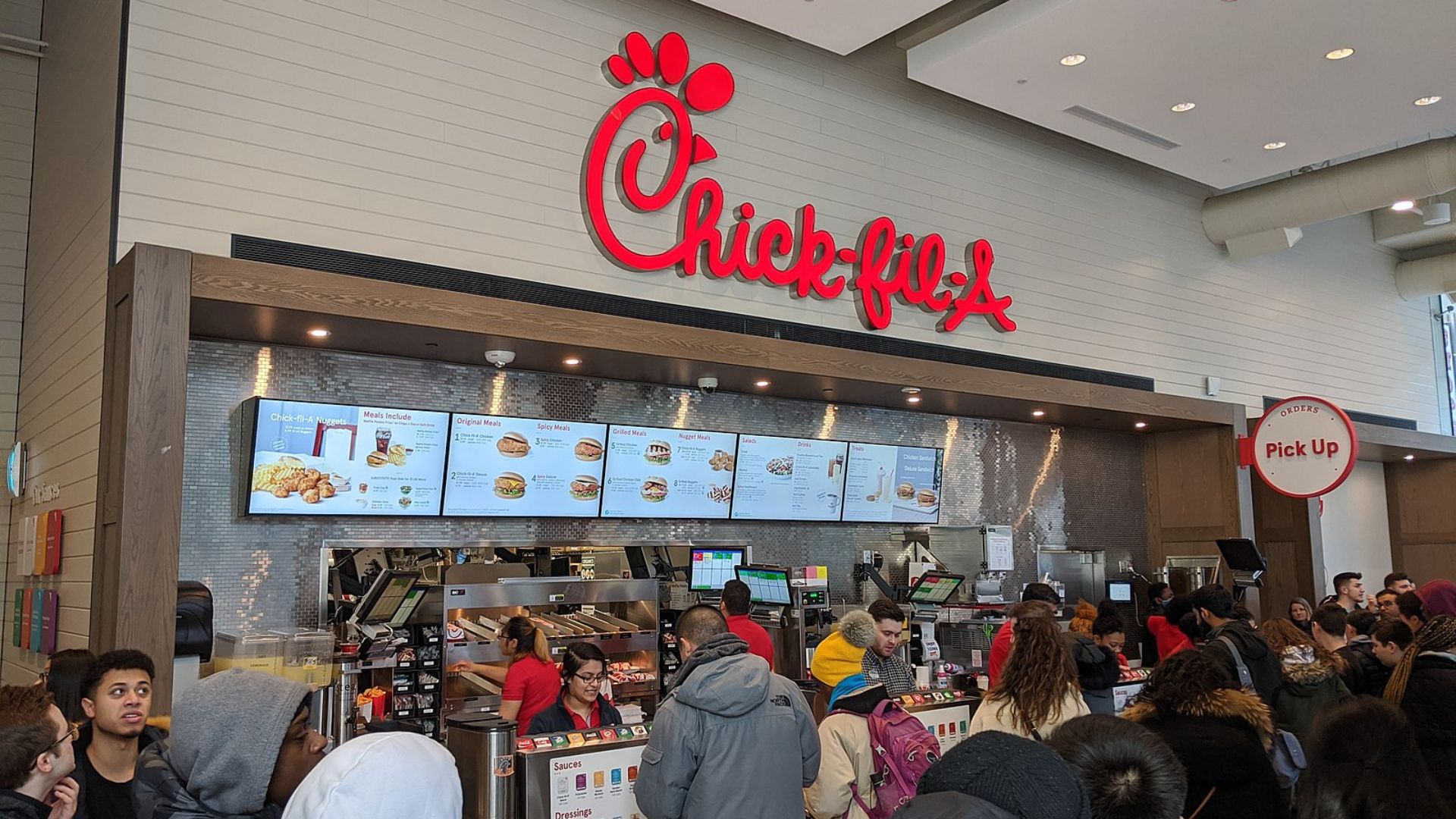
Chick-fil-A is innovating with its new ‘grab and go’ concept—a setup devoid of cashiers, relying solely on pre-orders via smartphone.
This modern model does away with conventional order-taking, significantly streamlining the dining experience.
The Automated Future of Fast Food

Fueled by economic pressures and technological innovations, the fast food industry is transforming rapidly.
A move towards minimal human interaction could well become the new standard, altering how consumers access quick-service meals and reshaping the sector’s landscape.
Impact on Customer Experience

As fast food chains integrate more technology, the customer experience is evolving. Customers benefit from reduced waiting times and streamlined services, enhancing satisfaction. However, the loss of personal interaction could detract from the traditional dining experience, affecting customer perceptions and brand loyalty.
These changes necessitate a delicate balance between efficiency and customer engagement, ensuring that technological enhancements improve rather than diminish the overall dining experience.
Future of Employment in Fast Food

The landscape of employment within the fast food industry is shifting dramatically. While automation may reduce the number of traditional roles, such as cashiers, new opportunities in tech support and system maintenance are emerging.
Workers now face the challenge of adapting to a tech-centric environment, requiring new skills and training. This evolution could lead to a more specialized workforce, potentially offering higher wages but requiring continuous education and adaptation.
Impact of California’s Minimum Wage on Fast Food Innovation

The recent increase in California’s minimum wage has propelled fast food chains towards innovation to offset rising labor costs. This economic pressure has led to the rapid adoption of technologies like kiosks and automated cooking systems.
While these changes aim to maintain profitability, they also present a challenge: balancing cost-saving measures with the need to provide quality service.
Technological Advancements Beyond Kiosks
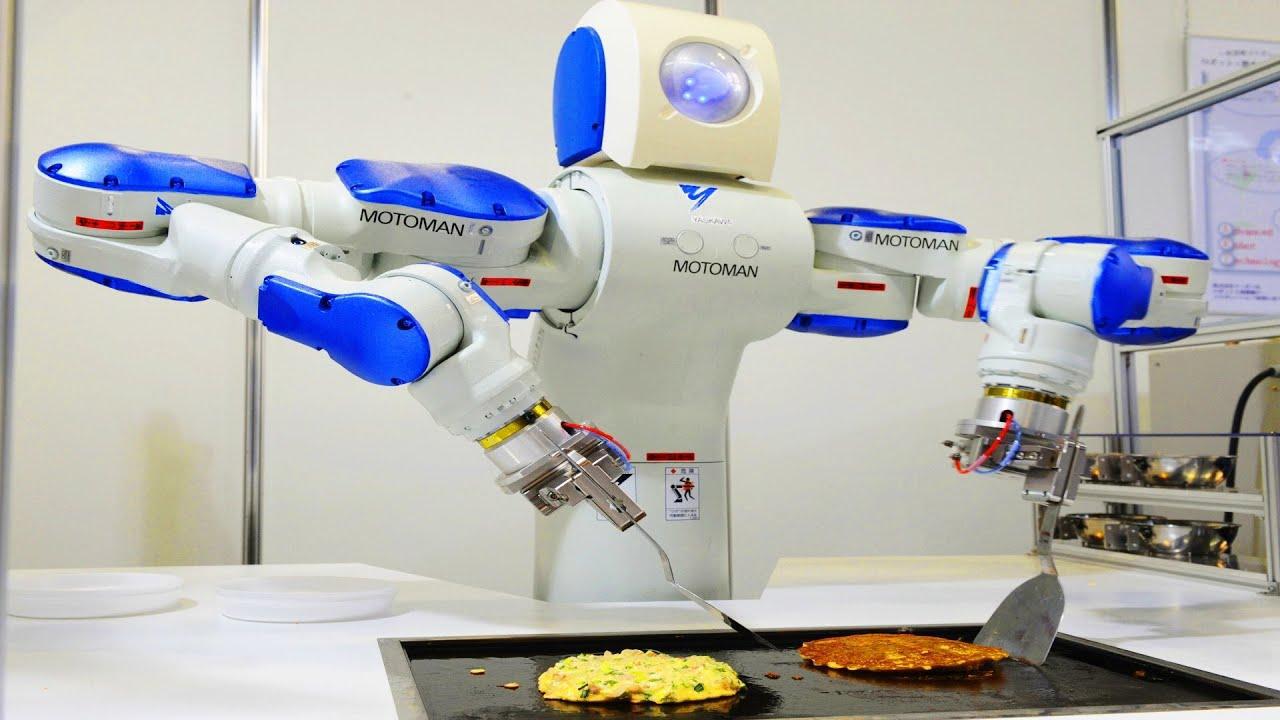
Beyond ordering kiosks, the fast food industry is exploring AI for personalized menus and robotic technology for cooking. These advancements aim to increase efficiency and reduce human error, promising a revolution in how food is prepared and served.
For instance, AI algorithms can suggest customized menu items based on customer preferences and past orders, enhancing the customer experience and boosting sales through tailored choices.
Global Comparison of Automation in Fast Food

The adoption of automation in fast food varies globally. In Japan, robots that cook food and serve customers are becoming common (via Aaron Allen & Associates), while in Europe, there’s a stronger focus on sustainable practices and energy efficiency in automation (via the U.N.).
The U.S. fast food industry, driven by labor cost savings, emphasizes kiosk ordering and backend automation. Understanding these regional differences highlights diverse strategic priorities and potential paths for U.S. companies to innovate further.
Economic Impact Analysis

Automation in fast food could significantly impact local economies. As roles diminish in daily operations, there’s a potential decrease in employment opportunities that traditionally have supported local communities.
Conversely, automation can drive down costs and lower consumer prices, potentially increasing sales volumes. This complex dynamic requires careful analysis to understand the full economic implications, balancing operational efficiency with community economic health.
Training and Skills Development
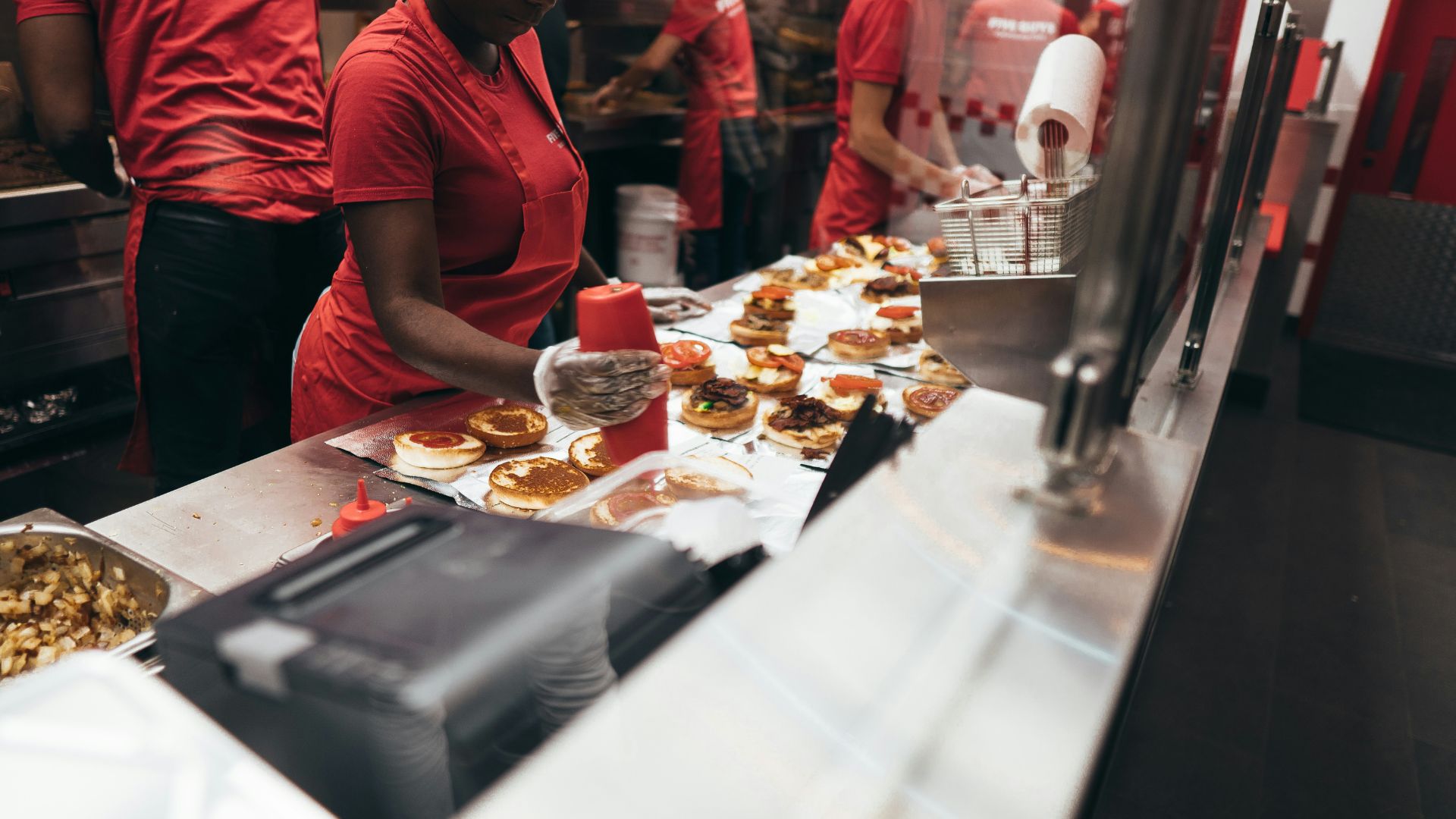
As automation becomes prevalent, fast food chains must invest in training their workforce for new technology interfaces and maintenance protocols. This shift not only ensures operational efficiency but also empowers employees with higher-level skills, increasing their value and career longevity.
Continuous training programs will be essential in transitioning employees from traditional roles to tech-focused tasks, which are crucial for the industry’s future.
Environmental Impact of Automation

Automation in fast food could lead to significant environmental benefits. Digital kiosks and automated ordering reduce paper waste associated with traditional menus and receipt printing.
Moreover, precise portion control and cooking automation could minimize food waste. These environmental savings contribute to a more sustainable business model, aligning fast food operations with growing consumer expectations for ecological responsibility.
Legal and Ethical Considerations
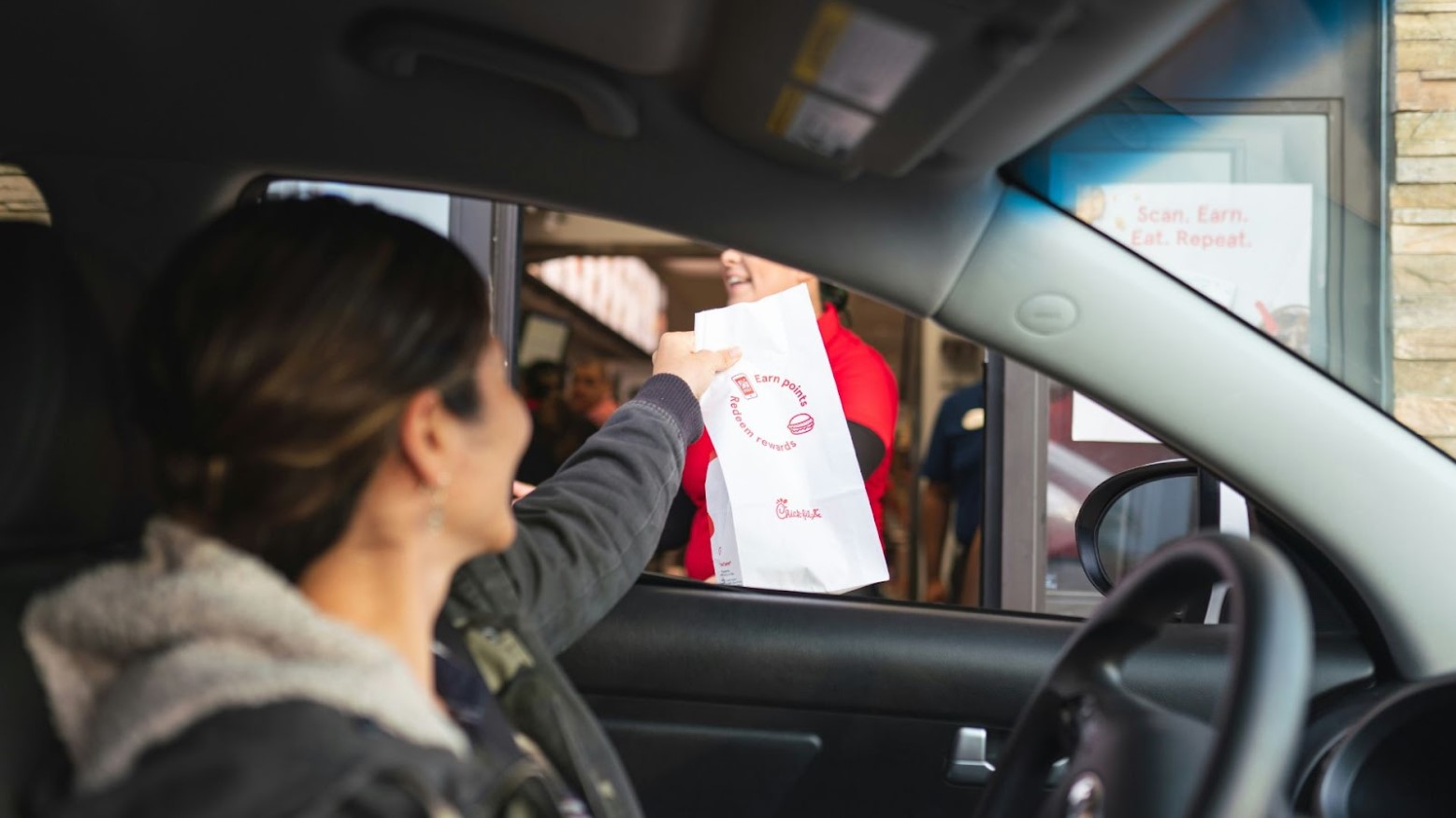
The surge in automation raises several legal and ethical questions. Privacy concerns emerge as digital systems collect vast amounts of customer data. Additionally, the displacement of workers by machines poses ethical dilemmas about the role of corporations in ensuring employment transitions.
Fast food chains must navigate these issues carefully, maintaining trust and transparency with customers and providing support for affected employees.
Customer Adaptation to New Technology
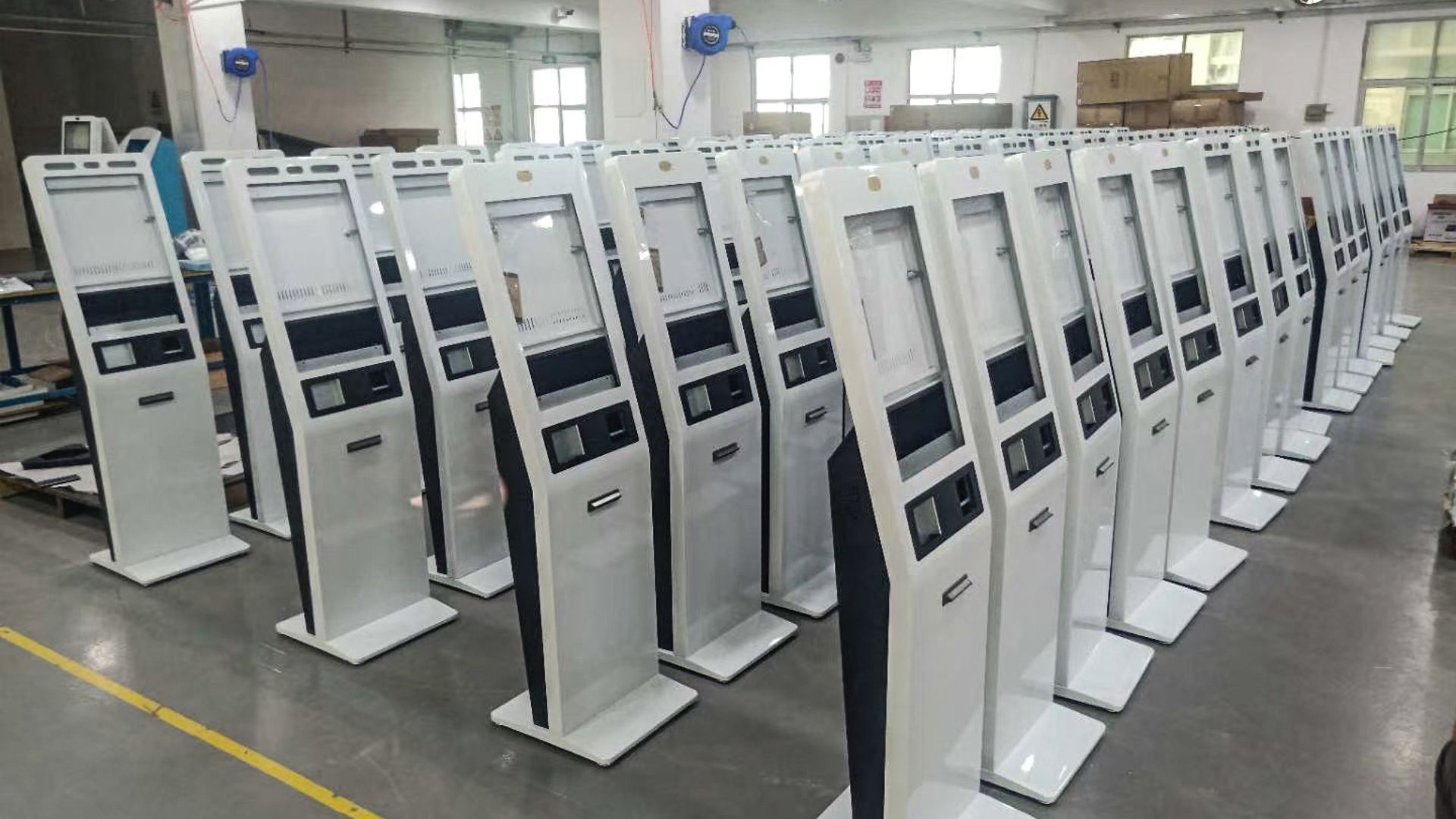
Customer responses to new technologies in fast food will likely vary by demographic. Younger consumers are more likely to embrace digital ordering and AI-driven customizations, appreciating the speed and personalization.
Older generations may prefer traditional service styles, valuing human interaction. Understanding these preferences is crucial for fast food chains to tailor their technological integration in a way that serves all customer bases effectively.
Impact on Small vs. Large Chains
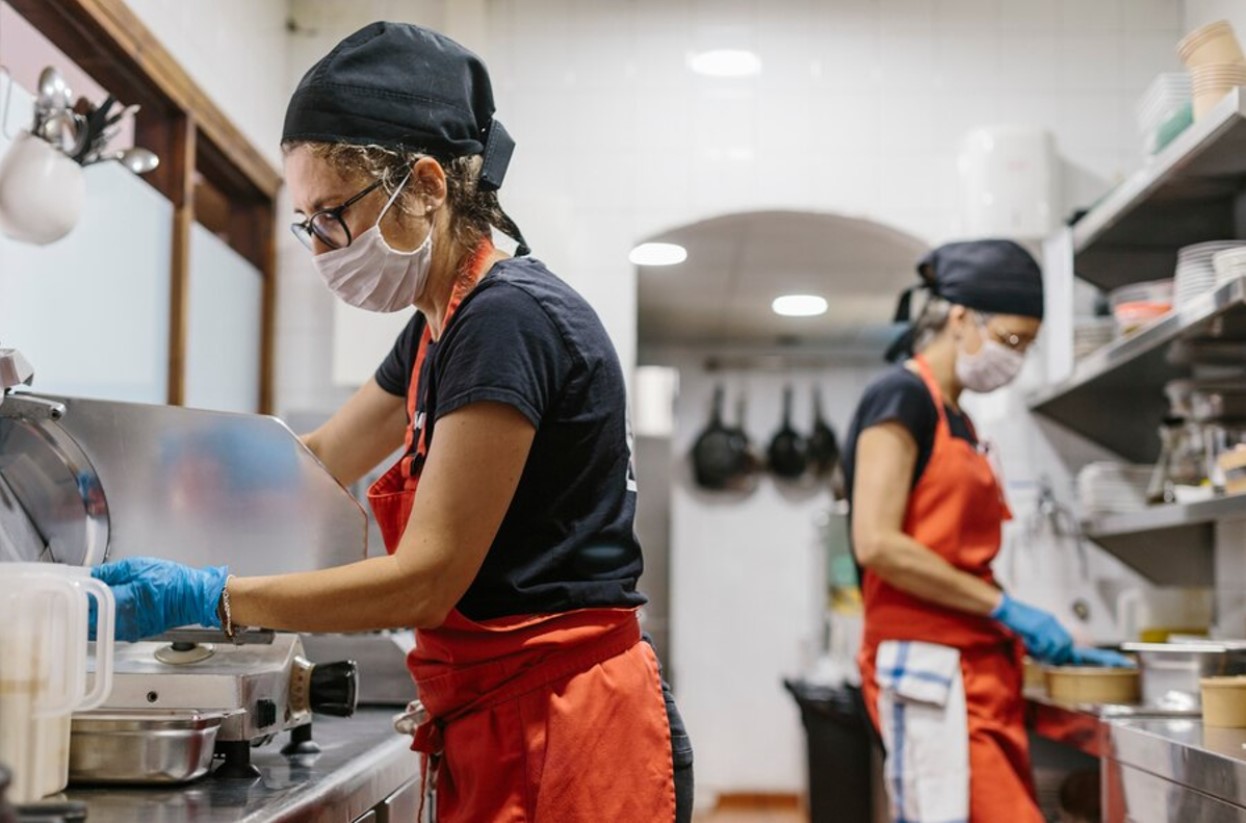
While large fast food chains may benefit from economies of scale when implementing automation, small chains could struggle with the initial investment costs.
However, smaller establishments can capitalize on personalized service and local charm that large chains might lose to automation, so long as they market themselves properly.
Future Projections and Predictions
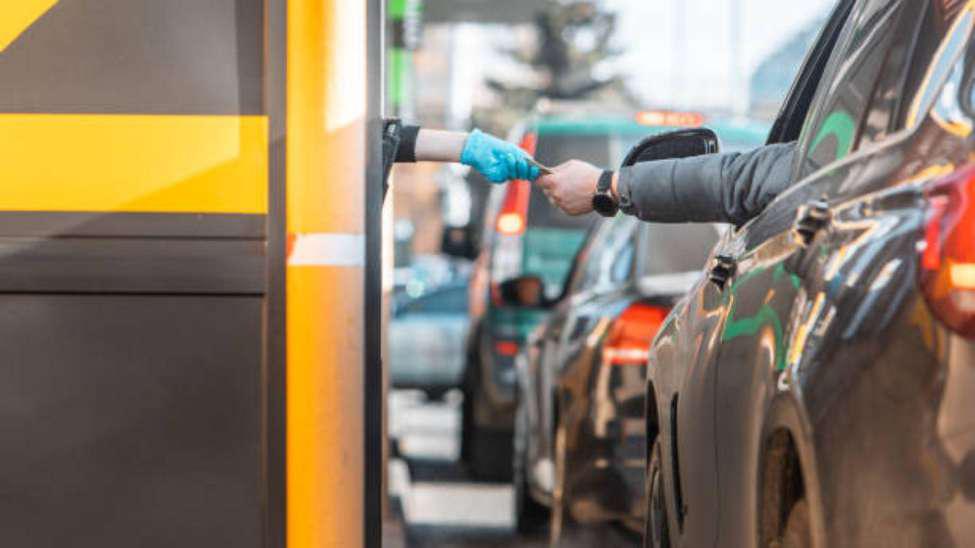
Looking ahead, the fast food industry is likely to see an even greater integration of technology. Predictive analytics for inventory management, drones for delivery, and even more sophisticated AI for customer service are already part of the conversation.
These advancements will further transform the industry, potentially making fast food services faster, more efficient, and less reliant on human labor than ever before, which is arguably a double-edged sword.
